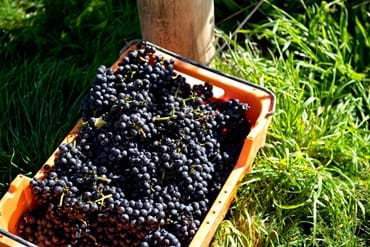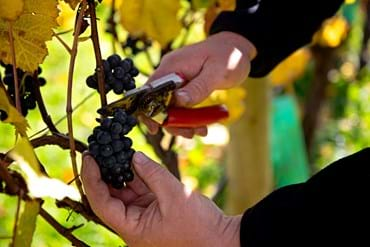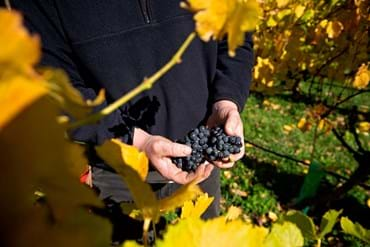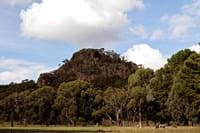2022 Vintage Report
Another La Niña season!
The 2022 season in the Macedon Ranges will long be remembered for the challenges it presented and, ultimately, for the many delicious and worthy wines produced. Typically this was achieved at smaller volumes than the long term average, though in some happy cases at better volumes than the 2020 and 2021 vintages.
The theme of cold and damp then mild and dry then back to damp and humid held constant across the region. The budburst and early shoot development was slow due to the cold and wet ground. Some areas experienced frost events, though it wasn't a profoundly frosty spring and the damage was very limited to the most vulnerable and unprotected sites. Canopies then grew robustly as the weather warmed and the soil moistures remained favourable. This was particularly favourable for those establishing new vines, which pleasingly appears to be many across the region. The greatest threat to crop size, as is usual, was the volatile weather at flowering, typically late November and through December for the more elevated sites. Significant rain events during this period combined with warmth to present exceptionally high downy mildew pressure upon the vulnerable flowering and setting vines. The widespread challenge across southern Victoria of stuck caps due to the rain was also disruptive to the fruitset. During this critical period the variables of site elevation, variety, clone and management all played their role in determining whether anywhere from half a crop to a nearly full crop could be achieved. Some had it and did it better than others, such are the site specific vagaries in a La Niña season.
The season then generally turned more benign for a period over the mid to end of summer with neither high heat nor high rainfall experienced. This was, for most, a brief respite, though for some thankfully lasted a few months, before more rain and humidity arrived. In some cases split berries resulted and in many cases botrytis pressure grew as sugars accumulated and ripeness very slowly approached. Region wide the timing of harvest was particularly challenging this year as sugar and flavour progression were played off against rain events and disease pressure. What an equation it was to find the right answer to! Whether the harvest occurred in early April or through to May the reports are that in all varieties reasonable to very good flavours developed at lower sugar levels and that acidities were good to high. This has led to wines with bright fruit, delicacy and drive. It is expected as these relatively fine wines age before bottling that added complexity and texture will build to satisfying levels. Comparisons have been drawn to previous cold and wet seasons that include 1989, 1993, 1996, 1999, 2002, and 2017.
It's worth reflecting on just how easy a blessed season like 2019 was where most vineyard pressures were so low and how starkly different 2020 and 2022 have been. An easy theme of quality and style emerges from a year like 2019 compared to what will be higher variability in 2022 due to vineyard location and management. Nevertheless, historically the region has shown a great capability to produce diversely delicious wines across all sub areas, sites and varieties and the lower crop levels and strong canopies have given the chance to make high quality wines in such a challenging season. The seasons of 2020, 2021 and 2022 have created a run of vintages that are more akin to the more formative years in the region (with a respectful nod to Llew Knight at Granite Hills!). All in all, it will make for a fascinating post vintage regional tasting.
Written by Michael Dhillon on behalf of Macedon Ranges Wine.





